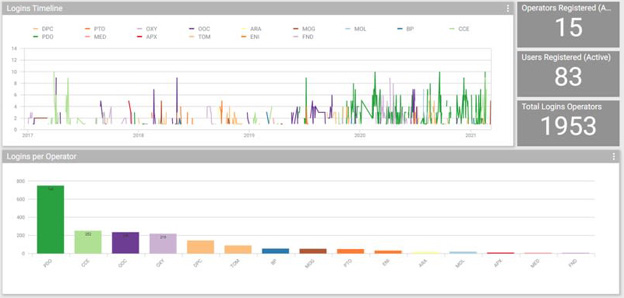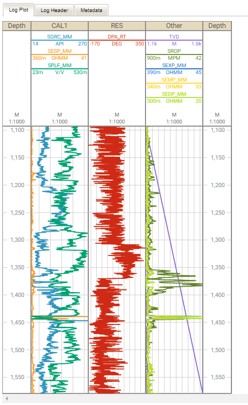TARGET is driving innovation for regulators with a new solution which helps maximise the value of a key asset: data.
The Challenge
Supporting an innovative vision to transform an existing ‘passive’ National Data Repository (NDR) into a ‘proactive’ regulatory environment.
Since the 1990s, national oil and gas regulators have been building NDRs. Often described as digital databanks, the main objectives of a typical NDR are to preserve the data acquired by oil & gas companies during their work in country, and to promote investments in the country by using the data to reduce exploration, production and transportation risks.
The previous databank solution was based on a proprietary application that archived the data submitted by the operating companies using a combination of industry standard formats (for example SEG-Y, SEG-D, DLIS, LAS and PDF), and a proprietary data storage engine for well log data.

The Response
The support for industry standards allowed TARGET to export the data and metadata in non-proprietary format and cost-effectively migrate the previous databank contents to the PPDM data model.
PPDM is a good choice for long-term sustainability as it is widely used in the industry and actively maintained. The new service uses PPDM 3.9 as a common data model for storing or indexing all data. It provides a broad data model that fully covers the scope of data types needed by the NDR.
The Result
As the service expands to cover new data types, new metadata is added to the system to incorporate the new data structures and relationships. The user interface and data management workflows are also driven by this same metadata, creating a ‘living system’ that can be adapted and extended onsite without requiring new software to support each change.
The flexibility of the deployed solution is essential to keeping the total cost of ownership low, whilst ensuring that it remains fully aligned with the ever changing business environment.
As the service expands to cover new data types, new metadata is added to the system to incorporate the new data structures and relationships. The user interface and data management workflows are also driven by this same metadata, creating a ‘living system’ that can be adapted and extended onsite without requiring new software to support each change.
Siddiq H. al Balushi
OGDR Manager - Ministry of Oil and Gas
KeyFacts Energy Industry Directory: TARGET
 KEYFACT Energy
KEYFACT Energy
